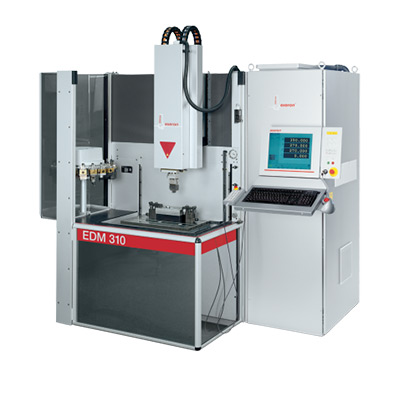slip coupling
Understanding Slip Couplings A Key Mechanism in Power Transmission
Slip couplings are vital components in a wide range of mechanical systems, playing a crucial role in the effective transmission of power while minimizing potential damage from overloads. This article delves into the function, advantages, applications, and maintenance of slip couplings, providing insight into their significance in various engineering fields.
What is a Slip Coupling?
A slip coupling is a device designed to connect two rotating shafts while allowing for a certain degree of movement or slippage between them. It is particularly useful in scenarios where the transmitting shafts may experience misalignment, vibrations, or varying loads. When torque exceeds a predetermined limit, the slip coupling permits relative motion, which prevents damage to the machinery. This aspect of the coupling helps to safeguard sensitive components and maintains operational efficiency.
How Do Slip Couplings Work?
Slip couplings typically consist of a pair of hubs connected by a flexible element or a friction disc. When the torque transmitted between the components exceeds the designed threshold, the coupling will slip, disconnecting the rigid connection temporarily. This slippage allows for necessary adjustments or compensations, helping to protect the mechanical system from damages such as shaft breakage, gear wear, or overheating.
There are various designs of slip couplings, including friction-based models and those utilizing roller detent mechanisms. Each design has specific features tailored to different operational environments, emphasizing the versatility of slip couplings.
Advantages of Slip Couplings
1. Overload Protection One of the primary advantages of slip couplings is their ability to protect equipment from overload conditions. By allowing shafts to slip under excessive torque, the coupling prevents catastrophic failures and costly downtime.
2. Misalignment Compensation Slip couplings accommodate small misalignments between shafts, which reduces wear on connected components and supports the longevity of machinery.
slip coupling

3. Ease of Maintenance Slip couplings are generally easier to maintain compared to more complex coupling systems. They can be inspected and replaced without major disassembly of the machinery, leading to reduced service time.
4. Versatility With various designs and materials available, slip couplings can be customized for numerous applications, ranging from automotive and industrial machinery to renewable energy systems.
Applications of Slip Couplings
Slip couplings find application in diverse sectors. In the automotive industry, they are often used in drive systems to manage torque fluctuations. Manufacturing plants benefit from slip couplings in conveyor systems, where alignment issues frequently occur due to load changes. In energy generation, these couplings are essential in wind turbines, allowing for adjustments that protect critical components from sudden gusts of wind.
Another notable application is in agricultural machinery. Slip couplings enable farmers to operate complex machinery without the risk of damaging the equipment if it encounters obstructions or heavy loads. This capability maximizes operational efficiency and ensures a smoother workflow during agricultural processes.
Maintenance Considerations
To ensure the longevity and performance of slip couplings, regular maintenance is essential. Operators should routinely check for wear signs, ensure lubrication is adequate, and replace components if slippage occurs outside of normal conditions. Furthermore, proper alignment during installation can significantly reduce the risk of premature wear.
Conclusion
Slip couplings play an indispensable role in modern mechanical systems, offering a blend of protection, versatility, and efficiency. Their ability to accommodate misalignment and mitigate the effects of torque overload makes them essential in various applications, from industrial machinery to renewable energy sources. By understanding their function and maintaining them effectively, operators can enhance the durability and reliability of their equipment, ensuring optimal performance in demanding environments. As industries continue to evolve, the importance of slip couplings is likely to grow, securing their place in the future of engineering designs and applications.
-
Ultimate Spiral Protection for Hoses & CablesNewsJun.26,2025
-
The Ultimate Quick-Connect Solutions for Every NeedNewsJun.26,2025
-
SAE J1401 Brake Hose: Reliable Choice for Safe BrakingNewsJun.26,2025
-
Reliable J2064 A/C Hoses for Real-World Cooling NeedsNewsJun.26,2025
-
Heavy-Duty Sewer Jetting Hoses Built to LastNewsJun.26,2025
-
Fix Power Steering Tube Leaks Fast – Durable & Affordable SolutionNewsJun.26,2025

